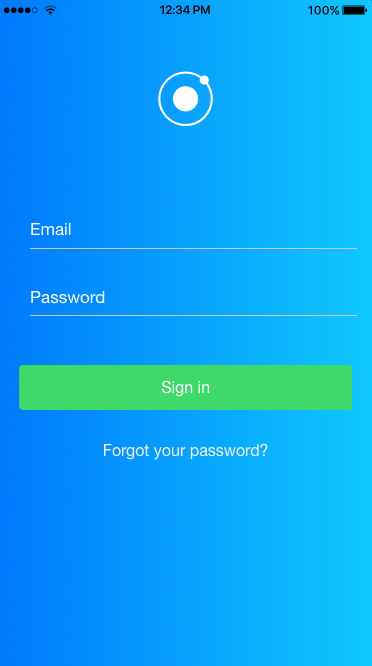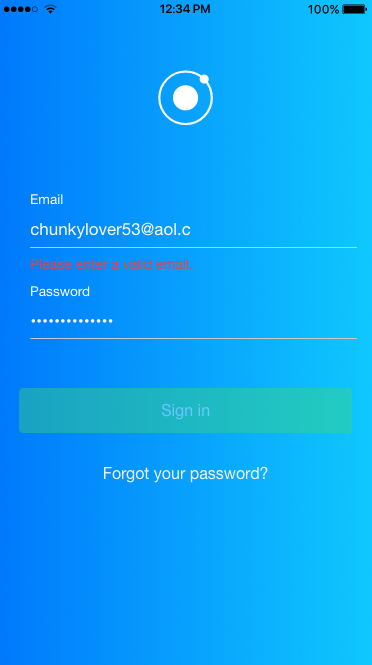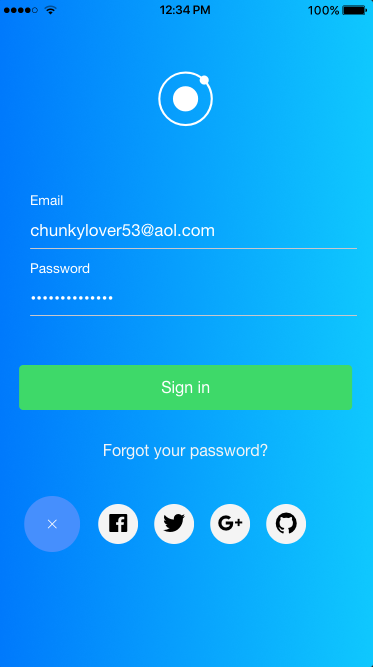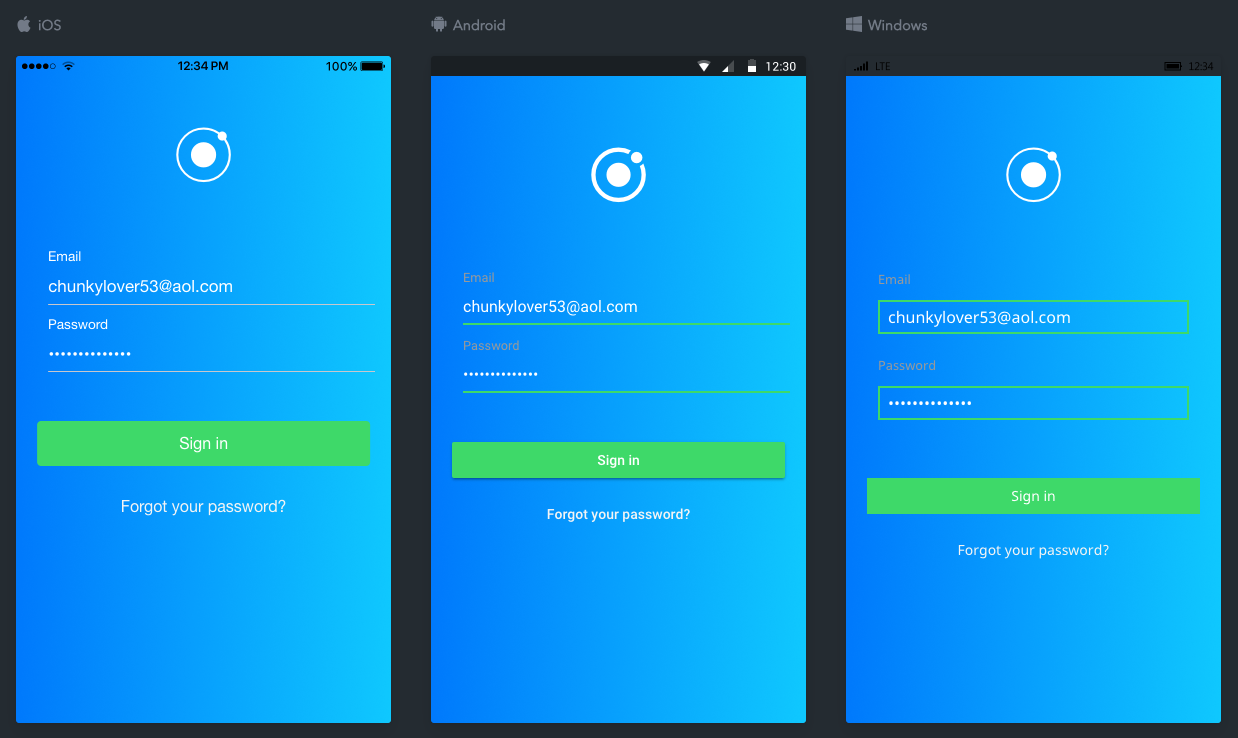In previous posts I walked you through the steps I followed when creating a bespoke 'look and feel' for a Hybrid Mobile App built using the Ionic Framework.
In this post, I'll show you how to build a 'Sign in' page using FormBuilder.
Forms
To quote Angular's 'Getting Started' guide:
Developing forms requires design skills, as well as framework support for two-way data binding, change tracking, validation, and error handling.
Angular supports three distinct approaches to building forms: Templates; ngModel; and FormBuilder.
FormBuilder
FormBuilder is an aptly-named class that helps us build forms. Forms contain FormControls and FormGroups and FormBuilder makes the process of creating them a little easier (you can think of it as a 'factory' object).
The Sign in page
Let's start by using the Ionic CLI to create the scaffolding for the 'Sign in' page:
ionic g page sign-in
The CLI will create a new directory (/src/pages/sign-in) and four new files:
├── /big-top
└── /src
└── /pages
└── /sign-in
├── sign-in.html
├── sign-in.module.ts
├── sign-in.scss
├── sign-in.ts
Using FormBuilder
We're going to be using FormBuilder and FormGroup so we need to import the appropriate classes (in sign-in.ts):
import { FormBuilder, FormGroup } from '@angular/forms';
We inject FormBuilder by adding a constructor parameter to the SignInPage component:
import { Component } from '@angular/core';
import { IonicPage, NavController, NavParams } from 'ionic-angular';
import { FormBuilder, FormGroup } from '@angular/forms';
import { LoggerService } from '../../services/log4ts/logger.service';
@IonicPage()
@Component({
selector: 'page-sign-in',
templateUrl: 'sign-in.html'
})
export class SignInPage {
credentialsForm: FormGroup;
constructor(public navCtrl: NavController,
public navParams: NavParams,
private formBuilder: FormBuilder,
private logger: LoggerService) {
this.credentialsForm = this.formBuilder.group({
email: [''],
password: ['']
});
}
onSignIn() {
this.logger.info('SignInPage: onSignIn()');
}
onForgotPassword() {
this.logger.info('SignInPage: onForgotPassword()');
}
}
During construction of the SignInPage component a FormBuilder instance will be injected (by Angular DI) and assigned to the formBuilder variable.
We create a FormGroup by calling FormBuilder's group() method and assign it to the credentialsForm variable. The group() method accepts an object containing 'key-value' pairs that describe the groups's FormControls.
Adding credentialsForm to our view
We use the [formGroup] directive to tell Angular that we want to use the credentialsForm as the FormGroup for this form:
<form [formGroup]="credentialsForm">
...
</form>
And when we want to bind a FormControl to an <ion-input> we use the [formControl] directive:
<form [formGroup]="credentialsForm">
<ion-item>
<ion-label floating>Email</ion-label>
<ion-input [formControl]="credentialsForm.controls['email']"
type="email"></ion-input>
</ion-item>
<ion-item>
<ion-label floating>Password</ion-label>
<ion-input [formControl]="credentialsForm.controls['password']"
type="password"></ion-input>
</ion-item>
<ion-row>
<ion-col text-center>
<button ion-button block color="secondary" (click)="onSignIn()">
Sign in
</button>
</ion-col>
</ion-row>
<ion-row>
<ion-col text-center>
<button ion-button clear color="light" (click)="onForgotPassword()">
Forgot your password?
</button>
</ion-col>
</ion-row>
</form>
AppModule
We also need to add the SignInPage component to our AppModule (in app.module.ts):
...
import { SignInPage } from '../pages/sign-in/sign-in';
@NgModule({
declarations: [
...
SignInPage
],
imports: [
...
IonicModule.forRoot(BigTopApp, {}, {
links: [
...
{ component: SignInPage, name: 'SignInPage', segment: 'sign-in' }
]
})
],
bootstrap: [IonicApp],
entryComponents: [
...
SignInPage
],
providers: [
...
]
})
export class AppModule {}
Let's try running the application to make sure it’s working as expected:
ionic serve --platform=ios
You should see output like:

What's Next
In the next post, I'll show you how to add support for validation and error handling:

And social logins:

Source Code:
- GitHub: The Big Top App
Resources:
- Ionic Framework docs: Ionic and Forms
- Angular docs: Forms:
- ng-book blog: The Ultimate Guide to Forms in Angular 4 (Angular 2+)
